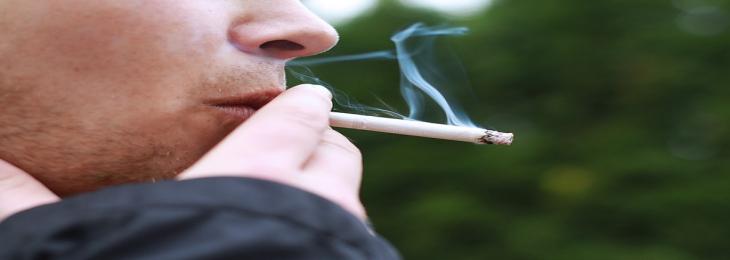May, 2021 - By WMR

Contralateral esophagus sparing technique (CEST) can avert complications in long cancer patients.
A high dose radiation along with concurrent chemotherapy is a probable cure for many patients diagnosed with localized lung cancer. However, in about 20 percent of the cases it can cause severe, acute Esophagitis (inflammation of the esophagus), which then may require hospitalization and a feeding tube placement.
In an early clinical trial, radiation oncologists from Mass General Cancer Center demonstrated that it is possible to carefully 'sculpt' the radiation rays so that the radiation dose can be directly delivered to tumor, while sparing the tissue side to the esophagus far from an affected lung. This limits the inflammation and swallowing function is preserved.
This procedure is called contralateral esophagus sparing technique (CEST). This technique includes imaging of the esophagus first, then shaping the high radiation beam in such a way that maximum of it attacks the tumor, while energy is dropped off across normal tissue nearest to the esophagus. Hence tissues and the function is spared around the esophagus.
Initially investigators noticed that between patients having locally advanced lung cancer who underwent chemotherapy and CEST treatment, no patient was found with grade 3 and greater esophagitis and only 20% were found with esophagitis of grade 2 which was mild given this fact that they underwent such high levels of radiation.
Other than that, the treatment side effects were among the range of what is to be expected for such type of cancer. "In 2014, when I was a radiation oncology resident, I noticed that patients did really, really well with our use of this sparing technique." said Sophia C. Kamran, MD and now a staff radiation oncologist at the Cancer Center. "We moved to test this concept on a formal clinical study,"

We will be happy to help you find what you need. Please call us or write to us: